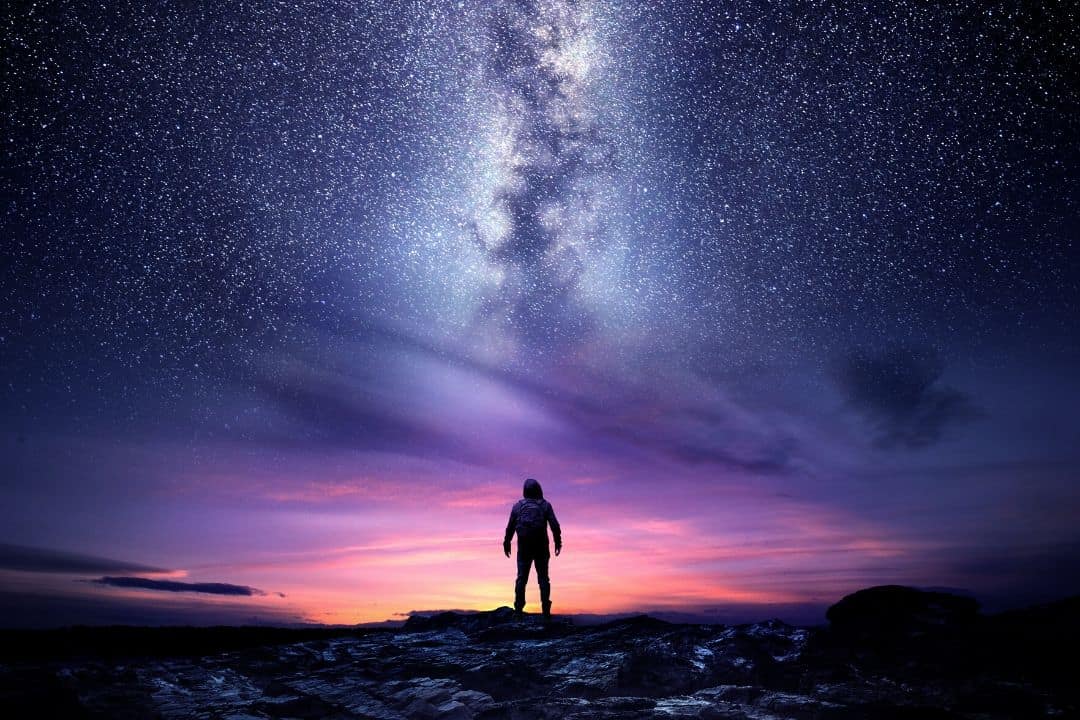
To get the best photos, you want a dark sky far away from light pollution that will reduce the quality of your images. If you have a favorite hiking spot, pack up your tripod and get out there.
Taking shots of the night sky is about more than pointing your camera up. Exploring the principles of will help you capture stunning images.
The for a photographer ‚ÄĒ there‚Äôs something magnetic about it that keeps people looking
up at the stars. With the right equipment and knowledge, you can take gorgeous pictures
of everything from star clusters to the new moon, joining your fellow astrophotographers
in mapping out deep space.
before you set out on any photography venture, define your intentions. What kinds of photos do you want to take? Do you have the equipment and knowledge to do it? Explore these possibilities to discover which ones seem most interesting to you.

While we may quibble about how to pronounce its name, there's no denying that is one of the most fascinating and useful stars in the heavens.
's bright and easy to find in binoculars and maybe even with the naked eye in late summer skies. It's also just as easy to acquire a piece of it without a multi-billion dollar space mission.
The offers truly dark skies enjoyed by veteran observers and first-timers alike.
, a star rotating so fast it has squashed itself, has a fascinating connection to the mythology of healing.
Don't use a full Moon pass to skip this year's . Right here, right now, we're going to help you make the most of it.

Astrophotography is one of the more equipment-intensive and technical forms of photography, but with an open mind and an entrepreneurial attitude, you can produce astounding images that make everyone want to stargaze. Remember, astrophotography is an adventure. , a long-time professional photographer, has this advice: ‚ÄúWith night (and astro) photography, embrace the random things that happen. You can come up with some really cool stuff if you‚Äôre more in that mindset.‚ÄĚ